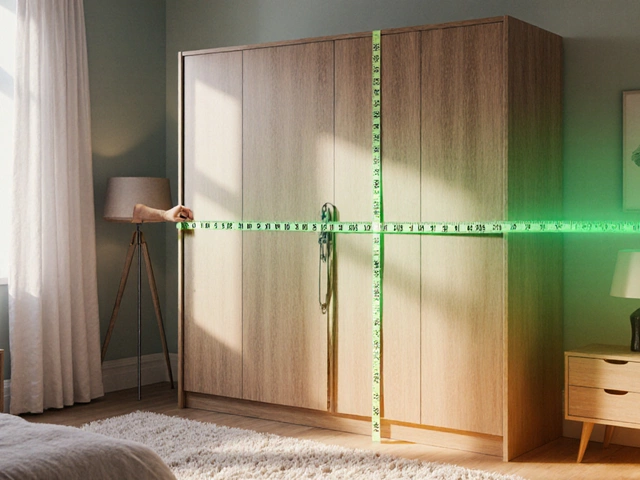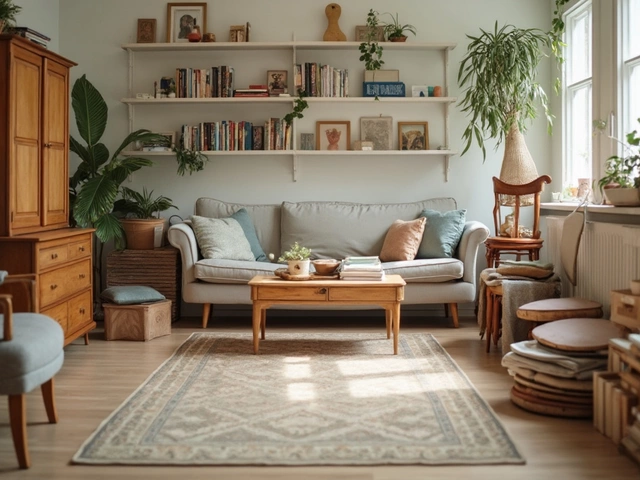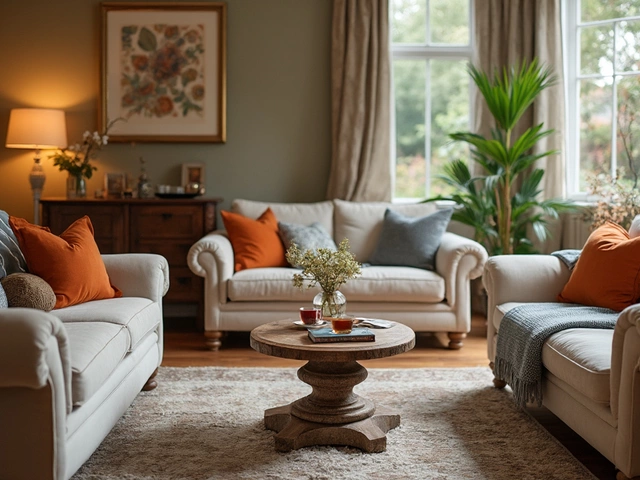 25
Jul,2025
25
Jul,2025
If you love stretched-out movie nights and lazy weekend naps, you know your couch isn’t just furniture—it’s your home base. And nothing ruins the moment quicker than sagging cushions, torn seams, or a wobbly frame. So, what couch will last the longest? It’s not only about expensive taste or the hottest design. Durability comes down to materials, craftsmanship, and how you live your life. Let’s try to cut through the noise and get to the facts—because nobody wants a love seat that fizzles out in less than five years.
The Real Secrets Behind Couch Durability
Everyone wants a couch that will take whatever you (or your kids, your pets, or your houseguests) can throw at it. The industry doesn’t exactly make it easy. You’ll see wild price gaps—some sofas cost as much as a used car. Is pricier always better? Funny enough, it’s not. The heart of the matter is what’s inside and how it’s put together.
Frames are the skeleton of your sofa. If that frame’s junk, no glorious upholstery will save you. Hardwood wins here—think kiln-dried oak, maple, or ash. Kiln-drying matters as it zaps out nearly all moisture, which means way less warping or cracking later. Poplar works too, though it’s softer. Particleboard, plastic, or softwoods like pine almost always spell trouble if you plan to keep that sofa more than a handful of years. Trusty hardwood sofas routinely last 15 years or more, especially when the joints are double-dowelled and corner-blocked (a fancy way of saying “nailed together so they don’t wiggle loose”).
Here’s something most stores won’t tell you: springs matter just as much as the wood. The gold standard is “8-way hand-tied springs.” Each coil gets tied eight ways for support and keeps sagging at bay. Drop-in coils are decent, too. Avoid webbing or sinuous springs (the zig-zaggy kind) for daily use if you want to hit the fifteen-year mark. They flatten out fast, especially if you have jumpy kids or, let’s face it, a habit of flopping down hard after work.
Onto cushions. The squishier the seat, the less likely it’ll bounce back over time. High-resilience foam (HR foam) is the MVP. Low-density foam or polyester fiber will collapse in no time. Down and feather fills sound luxurious, but require constant fluffing. Want a plush sink in without the endless maintenance? Look for a foam core, wrapped with a thin layer of down—a durable compromise.
Let’s be real. A sofa isn’t just a pretty face. If you want it to last while looking good, choose your upholstery carefully. Here’s how common materials stack up for lifespan:
- Leather: Real top-grain leather outlasts just about everything. It develops beautiful character over decades and is surprisingly easy to clean. Watch out for bonded or “genuine” leather—these are mostly scraps and glue, and they peel fast.
- Performance Fabrics: Brands like Crypton, Sunbrella, and Revolution make fabrics designed for spills, stains, and heavy wear. Great for homes with pets or kids.
- Microfiber (polyester): Not as tough as leather, but super-resistant to scratches, and pet hair vacuums right off. A safe bet on a tight budget.
- Cotton or Linen: Naturally beautiful but not as rugged. Good for lower-traffic rooms, and slipcovers make cleaning easier.
- Velvet: Totally lush, but shows wear and crush marks quickly unless it’s synthetic.
Ever notice why the sofa at your grandma’s house lasts forever? Older furniture is often bench-made (hand built), with all those strong frame details, great springs, and natural fillings. Modern “fast furniture” cuts those corners. Even some premium brands use cheaper internals, so always ask what’s under the hood before you buy. Removable cushion covers can also seriously extend a sofa’s good looks—and lifespan—because you can toss them in the wash or dry clean as needed.
This isn’t just theory. Recent surveys by Consumer Reports found that top-grain leather sofas and sofas built on hardwood frames had the fewest service complaints—even after a decade of use. High-resilience cushion cores tripled the sofa’s usable life compared to lower-grade foam. These numbers come straight from user reports, not just clever marketing.
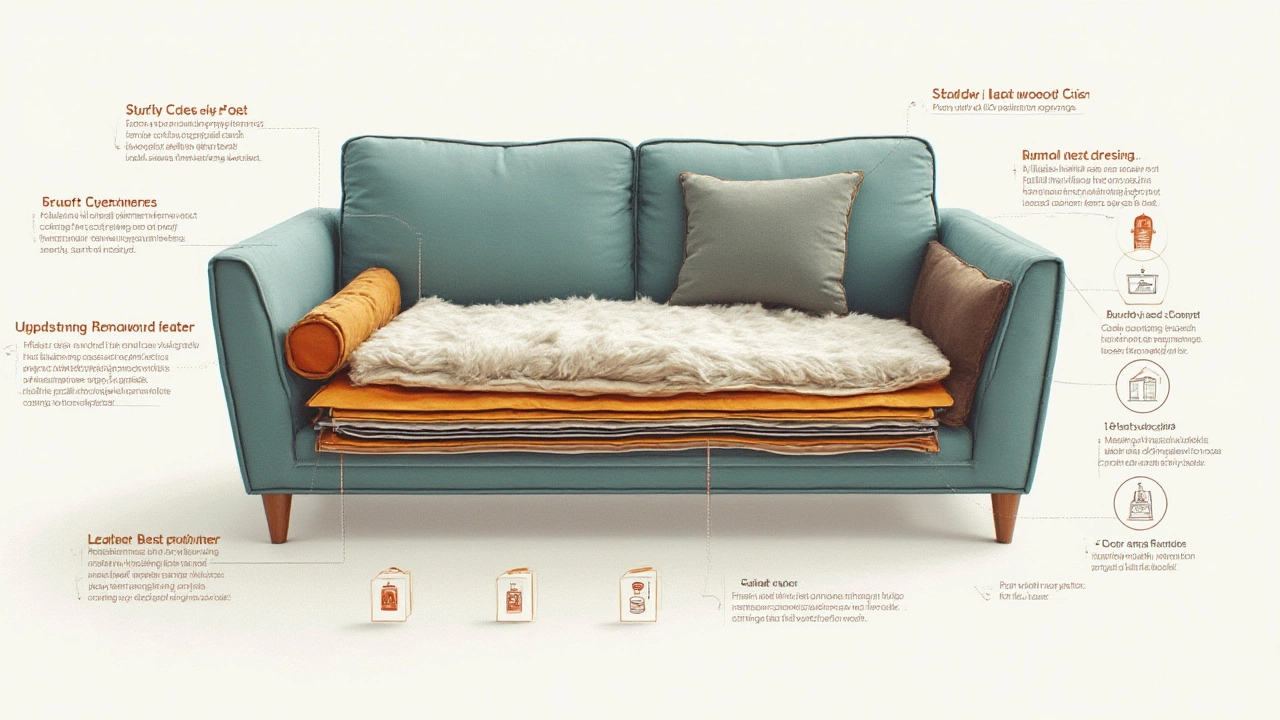
The Materials Game: What Makes a Couch Outlast the Rest?
Most people focus on color or comfort for those first five minutes of sitting in a showroom. But materials will matter every year that couch sits in your house. If you want a sofa that survives pets, kids, parties, and roughhousing, zero in on three big things: frame, suspension, and fabric.
Start with the longest lasting couch frame materials. Hardwood is king—especially kiln-dried maple, oak, birch. These woods resist warping, and if they’re joined with wooden dowels and reinforcing blocks (not just staples), they’ll keep their shape for decades. Pine might be cheaper, but it dents and bends if the couch gets a lot of use. Some high-end brands even put metal braces at stress points for extra support, which is like adding hidden armor where you never see it but definitely feel it ten years down the road.
About suspension. An old trick: Stand at one end of the empty couch and lift one leg. If the other side lifts too quickly, the frame’s solid. If it bends and flexes? Weak construction. Eight-way hand-tied springs last the longest—they’re practically indestructible—but pocket coils (like those used in good mattresses) are a reliable, slightly more affordable modern choice. Sinuous springs are alright but expect to replace sooner if it’s in nonstop use. Webbing won’t do for longevity seekers.
The data backs this up. An interior design field study in 2023 compared 20 sofa models used in busy hotel lobbies. Hardwood/hand-tied sofas outlasted pine/webbing builds by an average of 6 years (12.5 years vs. 6.1 years) before needing repair or replacement. That’s real-world use, not just a lab test.
Now, about upholstery. Nothing ruins a couch’s look faster than stained, frayed, or pilled fabric. For longevity, nothing beats top-grain leather. It’s not only resistant to most spills and easy to wipe down, but it also actually gets better-looking (developing that patina) the more you use it. High-polyester weaves and “performance” synthetics resist both fading and stains, making them super practical for a well-loved living room sofa. Natural fibers like linen and cotton can be comfy, but they fade and wear quicker—expect some sagging or tears by year seven or eight.
If you have pets, microfiber can be a lifesaver. It repels fur, claws don't do much damage, and it holds color for years. Crypton and Sunbrella fabrics, which you might have seen advertised as “indestructible,” were actually lab-tested at over 45,000 double rubs (simulated butt-on-cushion movements) before any visible wear showed up. That’s commercial territory—think how many times you or your golden retriever hop onto the couch in a year!
It’s easy to get blinded by a beautiful showroom sample, but ask for a fabric swatch. Rub it hard between your fingers a few times. Does it pill? Does the color fade quickly under direct light, or does it hold up? Simple habits like flipping the seat and back cushions every month, or rotating them front-to-back, can buy you years of extra life.
Look for removable, washable covers. They’re not as common on deep-seated, style-first sofas, but they offer an unbeatable layer of protection. One big accident doesn’t mean disaster—toss the cover in the wash, zip it back up, and you’re good for another round.
Warranty is another clue to real durability. Brands that truly build for the long haul will often offer 10–15 year frame warranties and at least 5 years on cushions (think Stickley, Ethan Allen for hardwood frames, or even IKEA’s high-end lines for budget-minded folks—they doubled warranty periods in 2024, signaling more faith in their newer sofa builds).
A quick comparison table of common couch materials and estimated lifespans:
| Material/Build | Common Lifespan (Years) | Strengths | Weaknesses |
|---|---|---|---|
| Kiln-dried hardwood frame | 15–20+ | Strong, stable, resists warping | Heavier, pricier |
| Softwood frame (e.g., pine) | 5–8 | Lightweight, cheap | Sags, dents, creaks |
| 8-way hand-tied springs | 20+ | Best support, comfort | Expensive, rare in mid-price |
| Sinuous springs | 6–10 | Affordable, common | Can sag over time |
| Top-grain leather upholstery | 15–25 | Durable, easy care, ages well | Scratches easily, costlier |
| Performance fabric (polyester, solution-dyed blends) | 10–15 | Stain/fade-resist, easy clean | Can feel less soft |
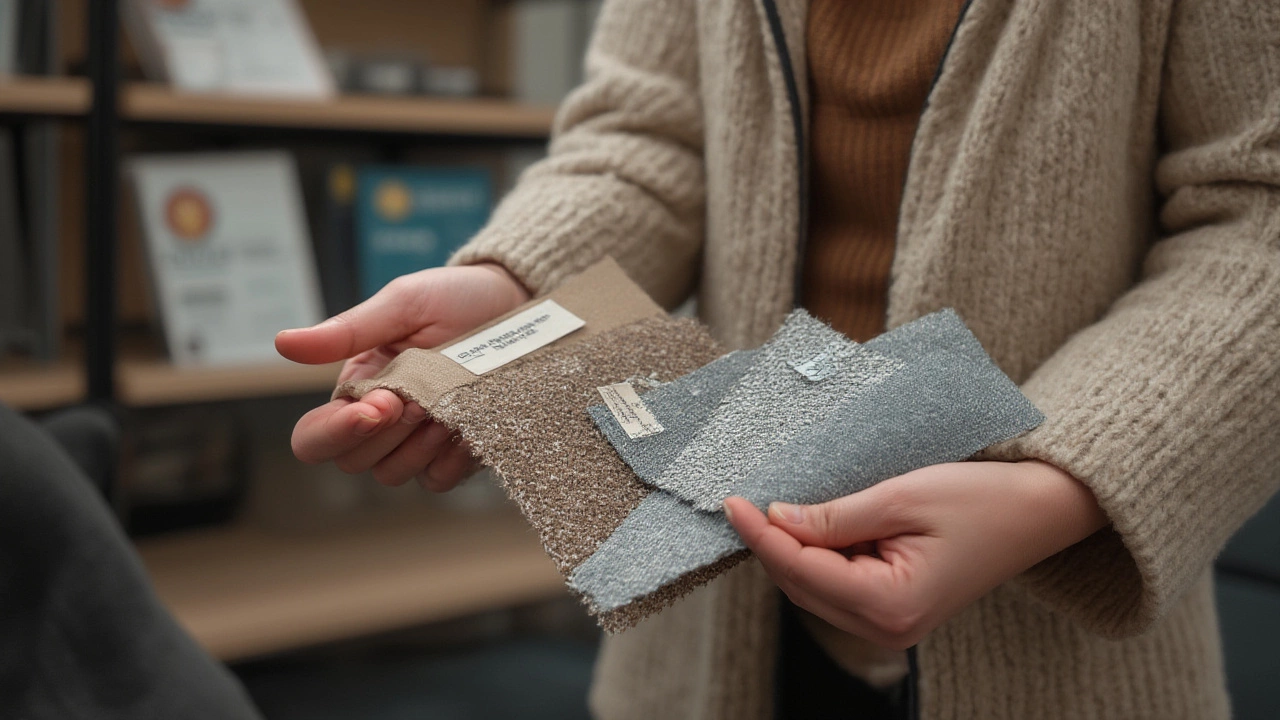
Care, Brands, and Buying Tips: Making Your Couch Go the Distance
Even the toughest couch can’t survive years of abuse without any care. If you’re tired of replacing your sofa every few years, a little regular maintenance is honestly the best investment. First, vacuum crumbs and dust weekly—believe it or not, grit in the seams wears down fibers like sandpaper over time. Blot (don’t rub) any spills with a clean towel immediately, because most stains set in the first minute. If your sofa has removable covers, throw them in the wash on cold or get them dry cleaned as needed.
Try to keep your couch out of direct sunlight—that killer UV will fade fabrics and dry out leathers. Got pets? Toss a washable throw over their favorite section. When you get that rare lazy Sunday, rotate and flip any loose cushions—spreads out the wear so one end doesn’t get crushed flat. And yes, absolutely re-tighten any bolted legs every six months. Nine times out of ten, that annoying wobble is just a loose screw.
The brand you buy matters, but don’t let a splashy designer name fool you. Look for companies with a track record of durability and honest construction. Here are some names with real staying power (and why):
- Stickley—Bench-made, all American hardwoods, warranty up to 20 years.
- La-Z-Boy—Hardwood frames, strong warranty, killer reclining sofas.
- Crate & Barrel—Known for performance fabrics, solid mid to high-end builds.
- Ethan Allen—Old-school craftsmanship with modern fabric options.
- IKEA (high-end lines like STOCKHOLM)—Solid pine frames, long warranties, good budget pick.
Don’t skip the in-person bounce test—or at least a return window. Sit, sprawl, wiggle. Does the seat spring back, or does it sink and stay there? Do the joints creak? Are the seams tight? It’s okay to ask the salesperson to lift a corner with you—it should feel solid, not flexible or spongy.
It’s tempting to fall for the looks alone, but treat your sofa like a long-term partner. Push hard on the decision. Ask for construction specs—not just what’s on the tag, but what’s under the fabric. How is the frame reinforced? What’s the foam density? (You want at least 1.8 lbs density in foam, or higher if you can get it.) Are the joints glued, screwed, or just stapled? Solid wood legs (not plastic or hollow) add years of life too.
If you’re going off online reviews, filter for comments from folks who have owned the sofa at least a year—or better, several. Some brands even make their own replacement cushion cores (West Elm, Pottery Barn) so you don’t have to dump the whole sofa after a few years of wear. Look for that option if you want to stretch your investment.
It pays to do your homework and spend where it counts: frame, springs, and fabric. But it’s not only about the price tag—mid-priced sofas using proven materials often outlast flashier designer options built for looks only. The bottom line? The secret to a long-lasting couch isn’t rocket science. It’s all about what’s inside, how it’s built, and the honest attention you give it along the way.


